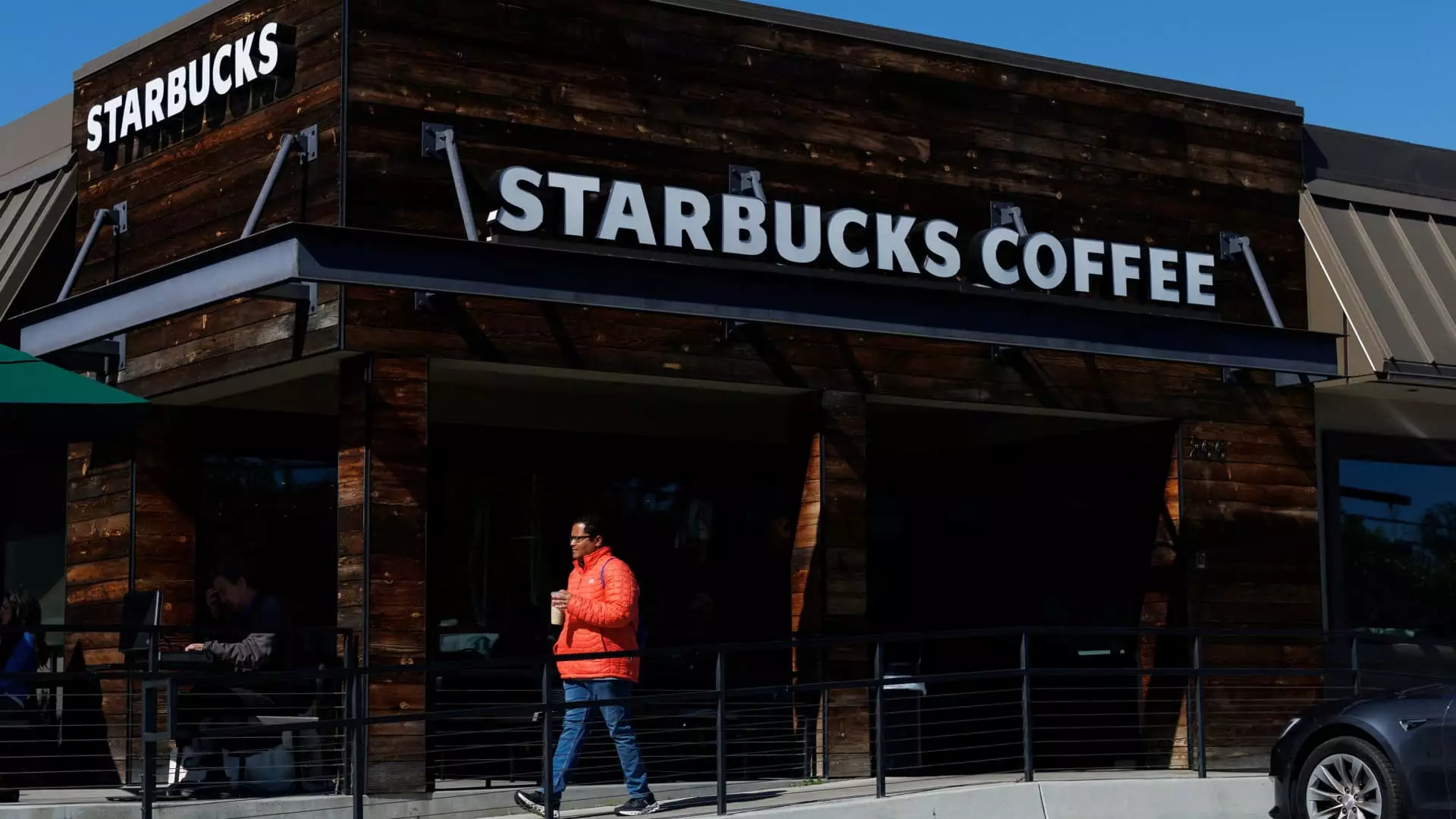Recent trading days have sent ripples of concern across the restaurant sector as stock prices dive into a sea of red. The catalyst? Investor trepidation over a potential recession sparked by President Trump’s unexpected trade tariffs on goods from significant trading partners. While traditional economic indicators seldom reveal the true essence of market sentiment, this recent turmoil highlights how intertwined global trade policies are with consumer psychology. It seems that investors are not merely reacting to the tariffs themselves but are instead forecasting a gloomy landscape that might emerge if inflation spikes and economic uncertainty deepens.
Despite being the epicenter of this tumult, restaurant chains might not feel the immediate impacts of the tariffs directly. Analysts, like Dennis Geiger from UBS, suggest that the direct cost ramifications are manageable for the industry. Yet therein lies the sociopolitical tension that often accompanies economic downturns: a diminishing consumer wallet. In simple terms, if Americans feel financially pinched about their everyday expenses, their discretionary spending on dining out will inevitably wane. This scenario poses a harrowing outlook for restaurants that thrive on consumer indulgence.
The Starbucks Saga: More than Just a Coffee Crisis
One of the starkest examples of this market shakeup is Starbucks, a name synonymous with coffee culture. Touted as a massive player in the casual dining segment, their shares have plummeted about 20% since the theory of inflation began to precipitate. Various analysts cite multiple reasons for this downturn, ranging from heightened coffee prices due to tariffs on key exporters to the undercurrents of anti-American sentiment steering consumers away from Western brands, particularly in markets like China.
Starbucks is not merely wrestling with financials; it’s fending off potential long-term reputational damage. Political tensions can push consumers to favor local brands over international juggernauts, which robs Starbucks of a significant market share. This predicament is compounded by the company’s attempts to navigate its own operational challenges in the United States, creating a perfect storm of hurdles that threaten its long-standing position as a market leader.
The Casual Dining Crisis: A Canaries in the Coal Mine
The latest fallout is not confined to coffee and brews. Casual dining chains, exemplified by Dine Brands that owns Applebee’s and IHOP, are experiencing their own form of existential dread as stocks tumble amid broader market anxieties. Observing the performance of these chains reveals a strategic dilemma; amidst economic uncertainties, the consumer segment likely to dine out is more conscious about spending. These chains, once the go-to for family dinners and social gatherings, now face the risk of becoming too costly for the average diner as they shift towards more budget-friendly options.
Darden Restaurants and Texas Roadhouse have experienced relative declines, yet these moves tell us something important: general hesitance amongst consumers. Even in what should be the error space of casual dining, financial apprehension reigns supreme, suggesting that this could be just the beginning of a larger shift away from dining expenses.
Fast-Casual and Fast-Food’s Rocky Road Ahead
Fast-casual dining, once the darling of investor portfolios, is also feeling the blight. The stocks of favorites like Chipotle and Sweetgreen have faced declines that many investors would have dismissed even a year ago. Fast-food giants like McDonald’s and Yum Brands aren’t immune either, despite historically thriving during economic downturns. What’s alarming here is how consumer behavior seems to be evolving. Last year’s decline in spending showed a divergence within the demographics: low-income consumers retrenched, buying less often, and higher-income customers didn’t make up for this lost spend. A collapse in mid-market earnings may signal that even fast-food options cannot rest on their historical laurels.
The Illusive Bright Spot: A Glimmer of Hope
Amidst the somber reports, some young disruptors are rising from the ashes. Dutch Bros, a burgeoning rival to Starbucks, recently saw an uptick of over 4%, and Cava enjoyed a robust jump of over 6%. This signals that the hunger for innovation in the restaurant business remains alive, albeit amidst trying times. It tells us that there are pockets of potential growth that could redefine consumer preferences in dining, especially if these brands can capture the market’s imagination while ensuring they remain cost-effective.
Ultimately, as we traverse through this intricate web of economic forces, the restaurant industry finds itself at a crossroads. Market volatility continues to dictate conditions that could redefine dining habits for years to come, and those who adapt quickly may well be the survivors of this impending storm.

